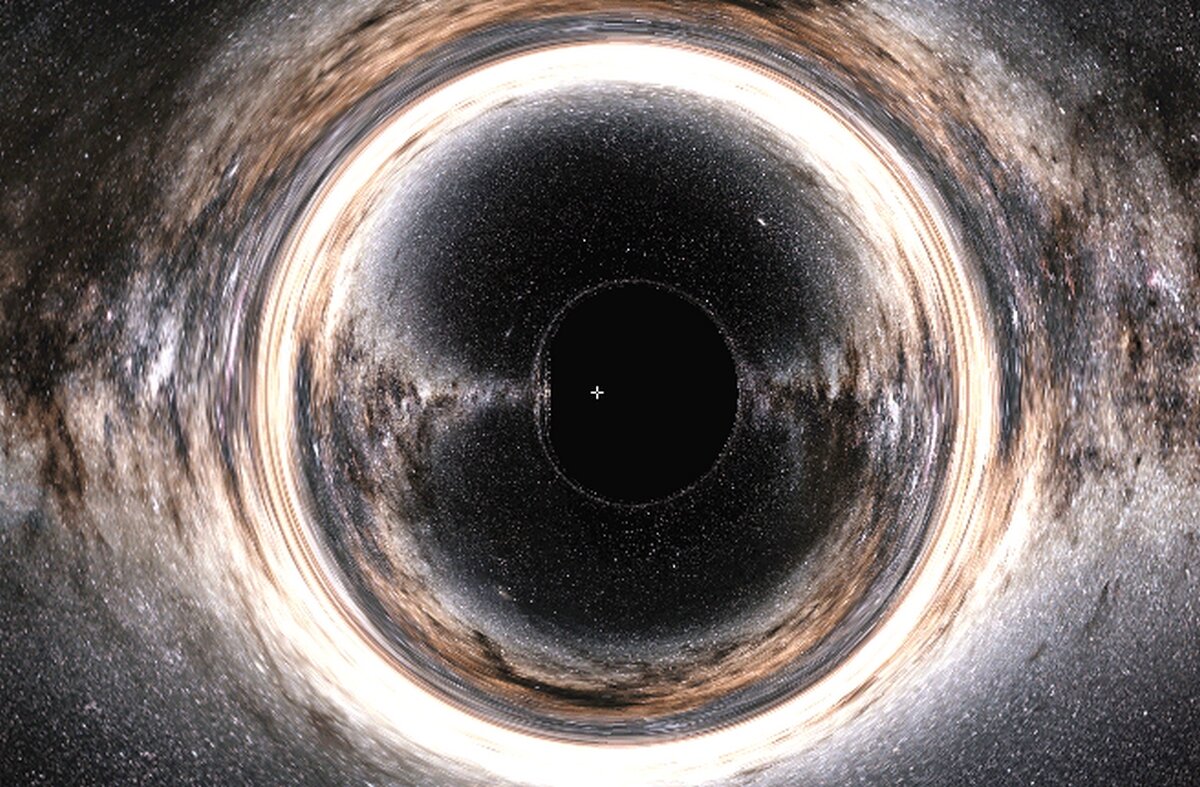For the first time, scientists have been able to measure the exact size of the disk of matter orbiting a supermassive black hole. This fortunate discovery could help expand our understanding of how these giant cosmic galaxies grow and how the galaxies surrounding them evolve over time.
Accretion disks are massive swirling rings of hot gas, dust and plasma that orbit black holes or other massive cosmic objects. Live sciences. The disks surrounding black holes consist of the fragmented remains of stars and exoplanets that broke off as they approached the event horizon. This is the next point nothing Not even light can escape the gravity of a black hole. As accretion disks rotate, they emit a variety of electromagnetic radiation, including X-rays, infrared radiation, radio waves, and visible light. This makes it the only part of black holes that astronomers can detect.
Amazing dimensions
Accretion disks are most visible in the infrared spectrum. The rotating masses emit what researchers call a double peak, a pair of energy peaks of excited hydrogen gas emanating from the two halves of the accretion disk — the side rotating away from the observer and the side rotating toward them. These double peaks originate from the edge of the accretion disk closest to the event horizon, meaning they show where the rotating disk begins, but not where it ends.
However, in a new study published in The Astrophysical Journal Letters, researchers detected a second double peak from the outer edge of the accretion disk surrounding supermassive black hole III Zw 002, more than 22 million light-years from Earth and at least 400 million light-years away. times the mass of our sun. Based on the double peaks they discovered, the researchers calculated that the radius of the accretion disk surrounding III Zw 002 is about 9,000 times the distance from Earth to the Sun.
But researchers weren’t looking for a second double band around III Zw 002 when they found it. Instead, the team collected data to confirm the existence of the accretion disk, which was first discovered in 2003.
Worth reading:












































